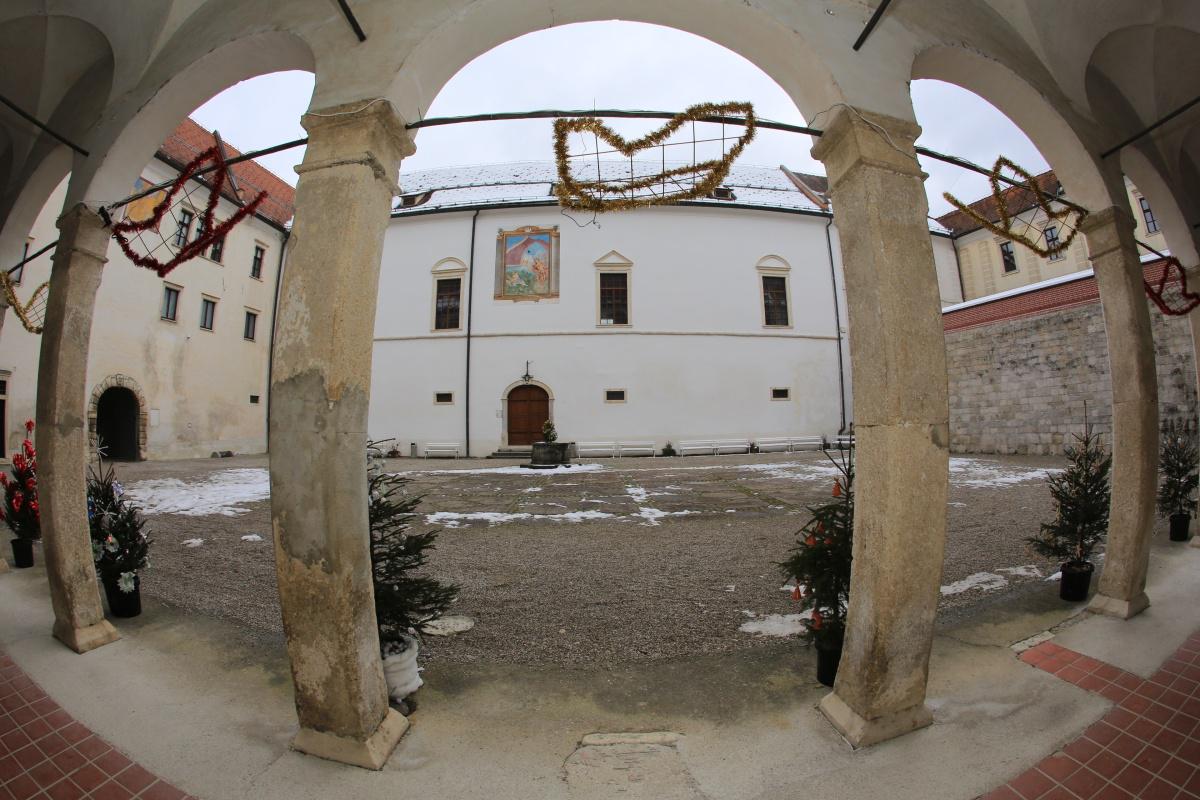
The Posavje Museum in the town of Brežice had a difficult start. For years, it depended on the improvisational skills of its curators, but these days, it serves as an invaluable repository of artifacts from prehistoric times to the present day in its little-known part of eastern Slovenia.
The museum had its origins in 1929, when enthusiasts formed a museum association intended to preserve the culture of the Posavje region. However, World War II soon interrupted their plans. After the war, a rudimentary museum collection was set up in the nearby town of Krško.
A man named Franjo Stiplovšek, who had come up with the idea of a regional museum before the war, was determined to get the museum a permanent home, and he finally convinced the authorities to turn over a part of the Brežice Castle to the newly created institution. The Renaissance castle, built in the 16th century on the spot of an older fortress, is one of the area’s most distinctive buildings. But the move was not easy because the museum was short of funds. Local high schoolers helped to move artifacts to the museum’s new home with carts. At first, the institution shared the castle with low-income apartments, but the last residents were moved out of the building in the 1960s and the museum ultimately filled the entire building.
These days, the Posavje Museum houses several collections. The archeological collection includes several invaluable artifacts from the Copper Age onward, while the ethnological collection examines how traditions have shaped culture in this part of Slovenia. The museum is also proud of its collection of military paraphernalia, and a special exhibition focuses on the medieval peasant revolts, which were common in Posavje and left a lasting political impact on the region and beyond.
Visitors can also admire the 18th century trompe l'œil frescoes, another example of the rich historical legacy of this little-visited part of Slovenia.

































































